The Future of High Quality Led Light Strips in Transforming Smart Home Lighting
In recent years, the smart home lighting market has rapidly evolved, with high-quality LED light strips emerging as a key trend shaping the industry. According to a report by ResearchAndMarkets, the global smart lighting market is expected to reach USD 62.20 billion by 2026, growing at a CAGR of 21.6%. High-quality LED light strips are at the forefront of this evolution, offering versatility, energy efficiency, and enhanced user experience. These strips not only allow for customizable lighting solutions but also integrate seamlessly with smart home ecosystems, providing users with control at their fingertips.

As homeowners increasingly seek innovative ways to enhance their living spaces, the demand for high-quality LED light strips will undoubtedly play a pivotal role in transforming the landscape of smart home lighting, making it a critical focus for both consumers and manufacturers alike.
The Evolution of LED Light Strips: From Basic to Smart Technology
The evolution of LED light strips has been nothing short of remarkable. Initially designed as simple lighting solutions, they have grown from basic, single-color strips to versatile, multi-functional lighting systems. Early LED strips provided basic illumination and were a popular choice for accent lighting due to their low power consumption and flexibility. However, the limitations of basic technology meant that their uses were largely confined to decorative applications, lacking the interactivity and customization modern consumers crave.
As technology advances, the integration of smart features into LED light strips has redefined their role in smart home environments. Today’s smart LED strips can be controlled via mobile apps and voice assistants, allowing homeowners to change colors, adjust brightness, and set schedules with ease. The rise of smart home ecosystems has enabled these strips to synchronize with other devices, enhancing ambiance and functionality. This evolution has not only increased their appeal but has also transformed them into essential components of modern home design, capable of adapting to the homeowner's preferences and lifestyle. The future promises even more innovations as connectivity and automation further enhance the possibilities for LED lighting in smart homes.
Key Features of High-Quality LED Light Strips for Smart Homes
High-quality LED light strips are becoming essential for smart home lighting, offering versatility and advanced features that enhance both aesthetics and functionality. One of the key features to consider is the brightness level, measured in lumens. High-quality strips provide customizable brightness options, allowing users to adjust the mood of a room easily. Look for LED strips with a range of color temperatures, from warm whites to cool daylight, to create the perfect atmosphere for any occasion.
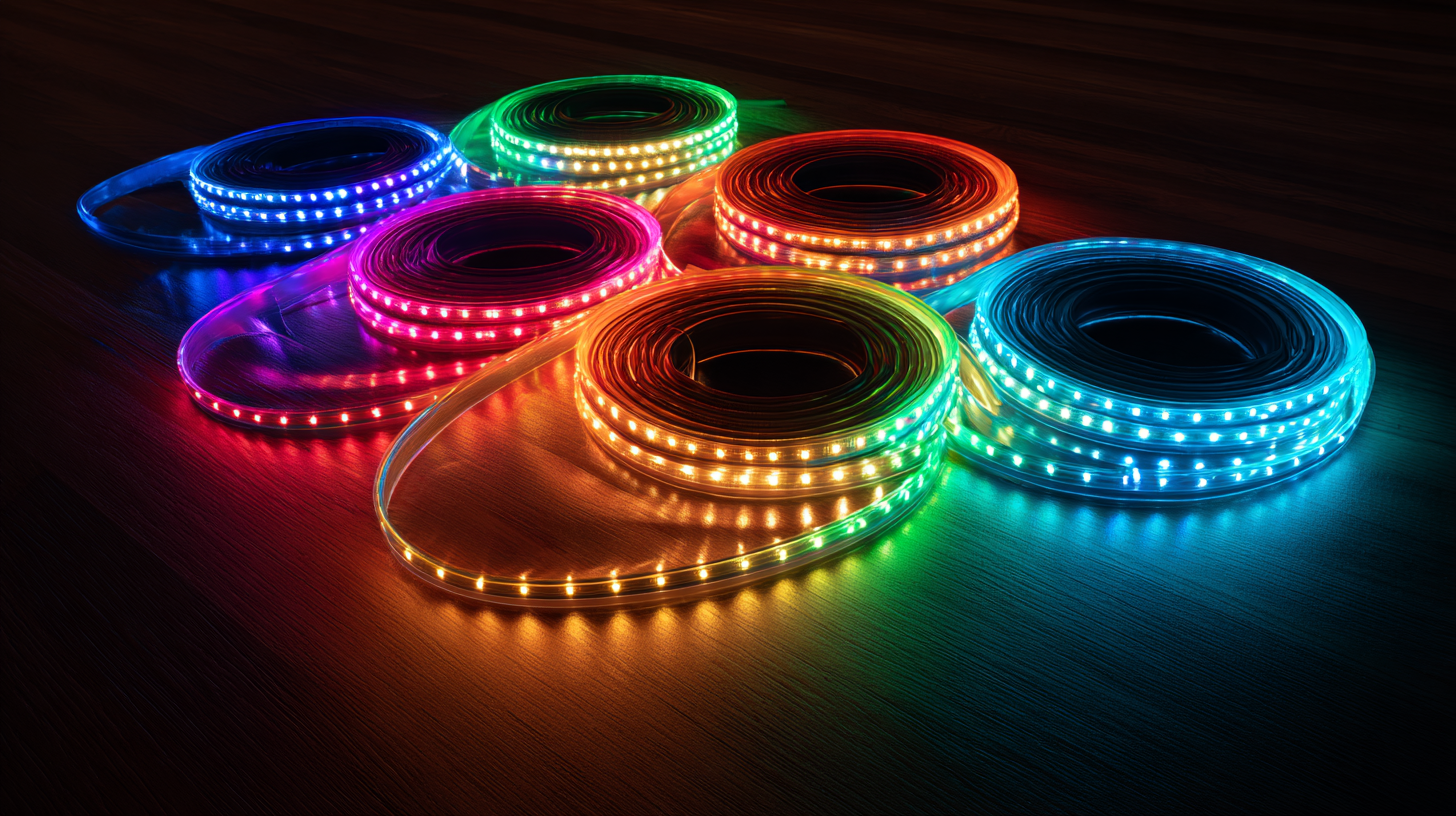
When selecting LED light strips, ensure they are compatible with your smart home ecosystem. Many high-quality options can be controlled via smartphone apps or voice assistants, providing seamless integration into your daily routine. Additionally, features such as music synchronization and programmable scenes can elevate your lighting experience, making it more dynamic and engaging.
Tip: When installing LED light strips, consider the placement to maximize their impact. Under cabinets, along staircases, or behind furniture can create striking ambient effects. Also, try to choose strips with adhesive backing for easy application and removal, allowing you to adapt your lighting as needed.
Integrating LED Light Strips into Home Automation Systems
The integration of LED light strips into home automation systems represents a significant advancement in smart home lighting. These versatile lighting solutions not only enhance aesthetic appeal but also contribute to energy efficiency and user convenience. By incorporating LED light strips, homeowners can achieve dynamic lighting schemes that adapt to their activities, moods, or even time of day through programmable settings. For example, a gentle glow for nighttime relaxation or vibrant colors for entertaining can be easily configured.
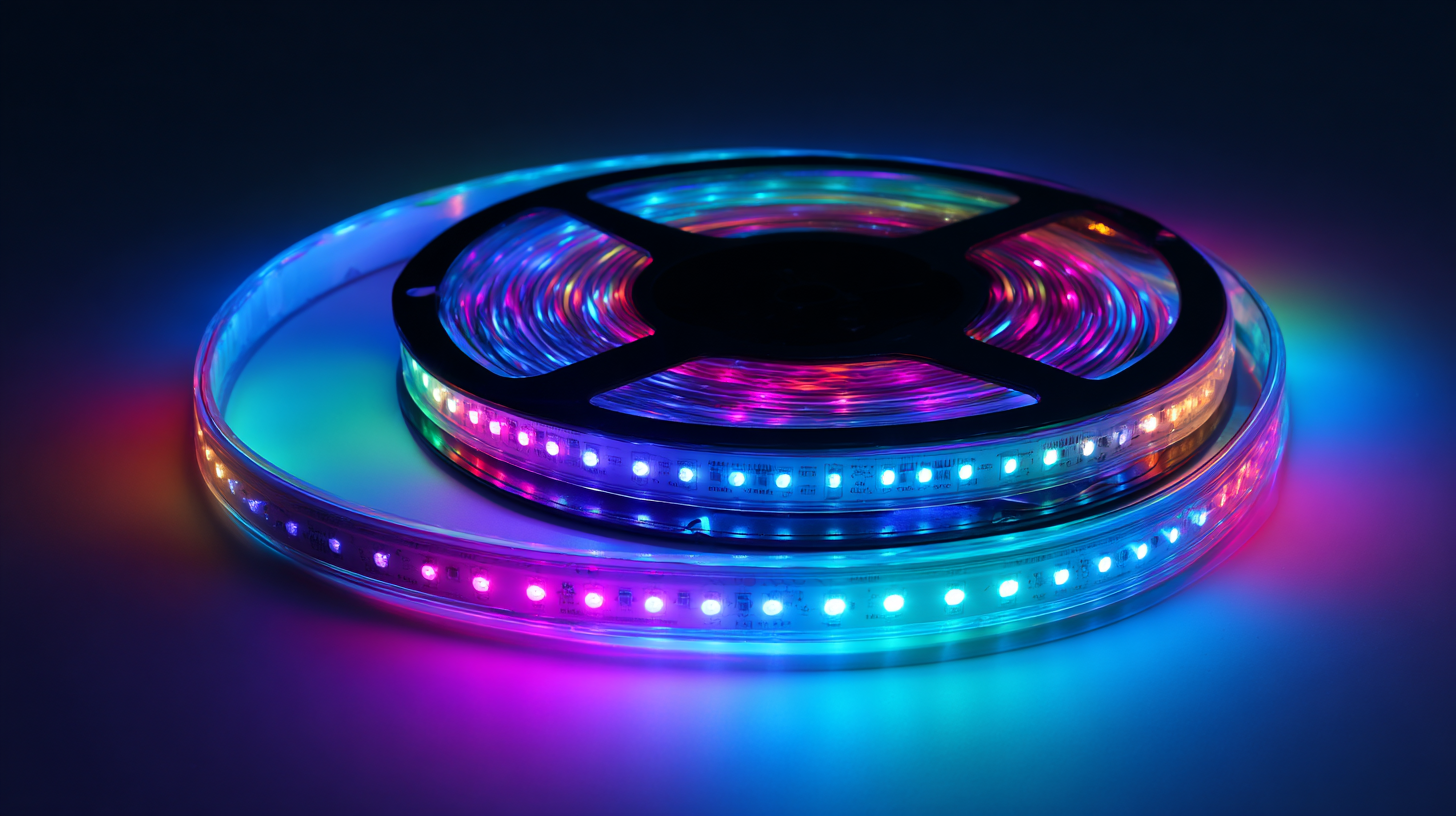
Furthermore, with smart home technology evolving, the ability to control LED lighting from a smartphone or through voice commands amplifies user experience. Systems like Google Home or Amazon Alexa allow for seamless integration, enabling users to adjust brightness, color, and timing effortlessly. Pairing LED light strips with sensors can also optimize energy use by automatically turning off lights in unoccupied rooms or altering intensity based on natural light levels. This level of automation not only enhances comfort but also promotes sustainable living, making LED light strips an essential element in the future landscape of smart home environments.
The Role of LED Light Strips in Enhancing Home Aesthetics and Mood
LED light strips have emerged as a transformative element in smart home lighting, significantly enhancing aesthetics and mood. According to a report by MarketsandMarkets, the global smart lighting market is projected to reach $75 billion by 2026, with LED technology playing a pivotal role in this growth. Homeowners are increasingly opting for LED light strips to create dynamically changing lighting schemes that can change with the time of day or occasion, allowing for a personalized environment that fosters comfort and relaxation.
These versatile light strips are not only energy-efficient but also offer a plethora of color options and brightness levels, enabling users to tailor their lighting to suit various moods. A study from the American Psychological Association highlights that lighting can profoundly affect emotions, suggesting that different colors can evoke specific feelings—warm whites create a cozy atmosphere, while blues and greens can promote tranquility. As homeowners continue to seek innovative solutions to enhance their living spaces, LED light strips represent an affordable and effective way to elevate the overall ambiance of smart homes.
Future Trends: Sustainable and Energy-Efficient LED Lighting Solutions
As the demand for smart home solutions continues to rise, the future trends in LED lighting indicate a significant shift towards sustainable and energy-efficient technologies. According to a report by the International Energy Agency (IEA), global electricity demand for lighting is expected to rise by just 1% annually, thanks in part to the increased adoption of LED technology. This is a stark contrast to traditional lighting solutions, which consume considerably more energy. LED light strips, with their adaptability and low energy consumption, are becoming a cornerstone in the development of smart home lighting systems.
Furthermore, a study from Market Research Future projects that the LED market will reach a valuation of over $120 billion by 2025, driven by a growing emphasis on eco-friendly solutions. These light strips not only offer energy savings but also come with customizable features that contribute to a household's overall energy efficiency. As homeowners seek to reduce their carbon footprint, the integration of smart LED lighting with home automation systems allows for optimal energy use, further enhancing both sustainability and comfort. The future clearly lies in innovative lighting solutions that not only illuminate spaces but also promote a greener lifestyle.
The Future of High Quality Led Light Strips in Transforming Smart Home Lighting - Future Trends: Sustainable and Energy-Efficient LED Lighting Solutions
| Feature | Description | Benefits | Future Trends |
|---|---|---|---|
| Energy Efficiency | LED light strips consume significantly less energy compared to traditional lighting solutions. | Lower electricity bills and reduced carbon footprint. | Advancements in energy-efficient technologies. |
| Smart Integration | Compatibility with smart home systems for remote control and automation. | Enhanced convenience and customizable lighting experiences. | Growth in smart technology adoption in households. |
| Color Changing Capability | Ability to change colors through remote control or app. | Mood setting and aesthetic enhancement of living spaces. | Development of more advanced RGB lighting technology. |
| Sustainability | Manufactured using environmentally friendly materials. | Reduced waste and impact on the environment. | Increasing regulations demanding sustainability from manufacturers. |
| Longevity | LED light strips have a longer lifespan than traditional bulbs. | Less frequent replacements and lower overall costs. | Ongoing improvements in LED technology increasing lifespan. |
Related Posts
-
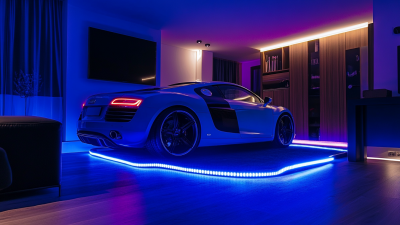
The Ultimate Guide to Evaluating Top Manufacturers of Led Strip Lamp Quality
-
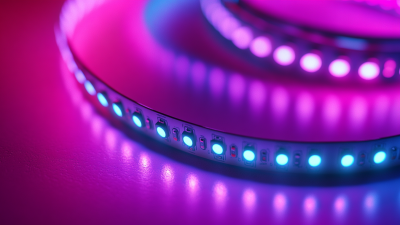
Exploring Future Innovations in High Quality Led Light Strips for Global Procurement in 2025
-
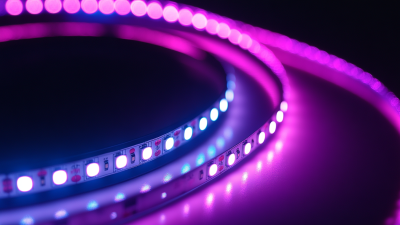
Elevate Your Space in 2025 with Trimmable Led Strip Lights and Quick Installation Tips
-
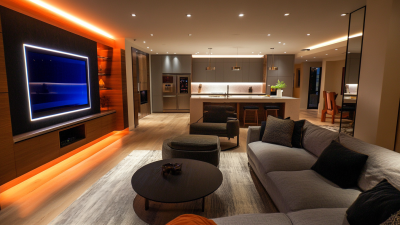
Maximize Your Space with Customizable Trimmable Led Strip Lights for Any Room
-
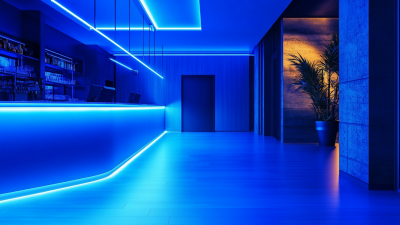
Advantages of Utilizing Cool White LED Strip Lights for Your Business
-
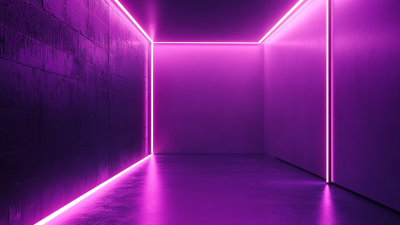
Maximizing Ambiance: Innovative Ways to Use LED Wall Strip Lights in Your Space
